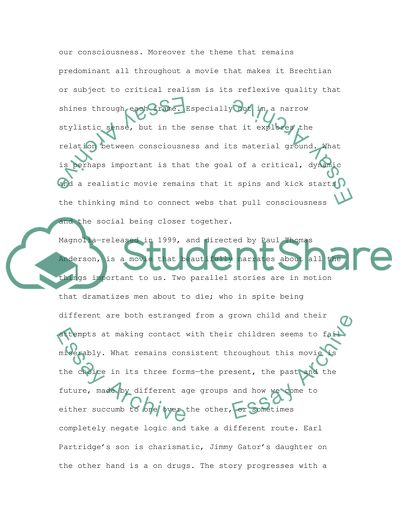Cite this document
(Film Studies (Realism) Movie Review Example | Topics and Well Written Essays - 1500 words, n.d.)
Film Studies (Realism) Movie Review Example | Topics and Well Written Essays - 1500 words. https://studentshare.org/visual-arts-film-studies/1523283-film-studies-realism
Film Studies (Realism) Movie Review Example | Topics and Well Written Essays - 1500 words. https://studentshare.org/visual-arts-film-studies/1523283-film-studies-realism
(Film Studies (Realism) Movie Review Example | Topics and Well Written Essays - 1500 Words)
Film Studies (Realism) Movie Review Example | Topics and Well Written Essays - 1500 Words. https://studentshare.org/visual-arts-film-studies/1523283-film-studies-realism.
Film Studies (Realism) Movie Review Example | Topics and Well Written Essays - 1500 Words. https://studentshare.org/visual-arts-film-studies/1523283-film-studies-realism.
“Film Studies (Realism) Movie Review Example | Topics and Well Written Essays - 1500 Words”. https://studentshare.org/visual-arts-film-studies/1523283-film-studies-realism.


